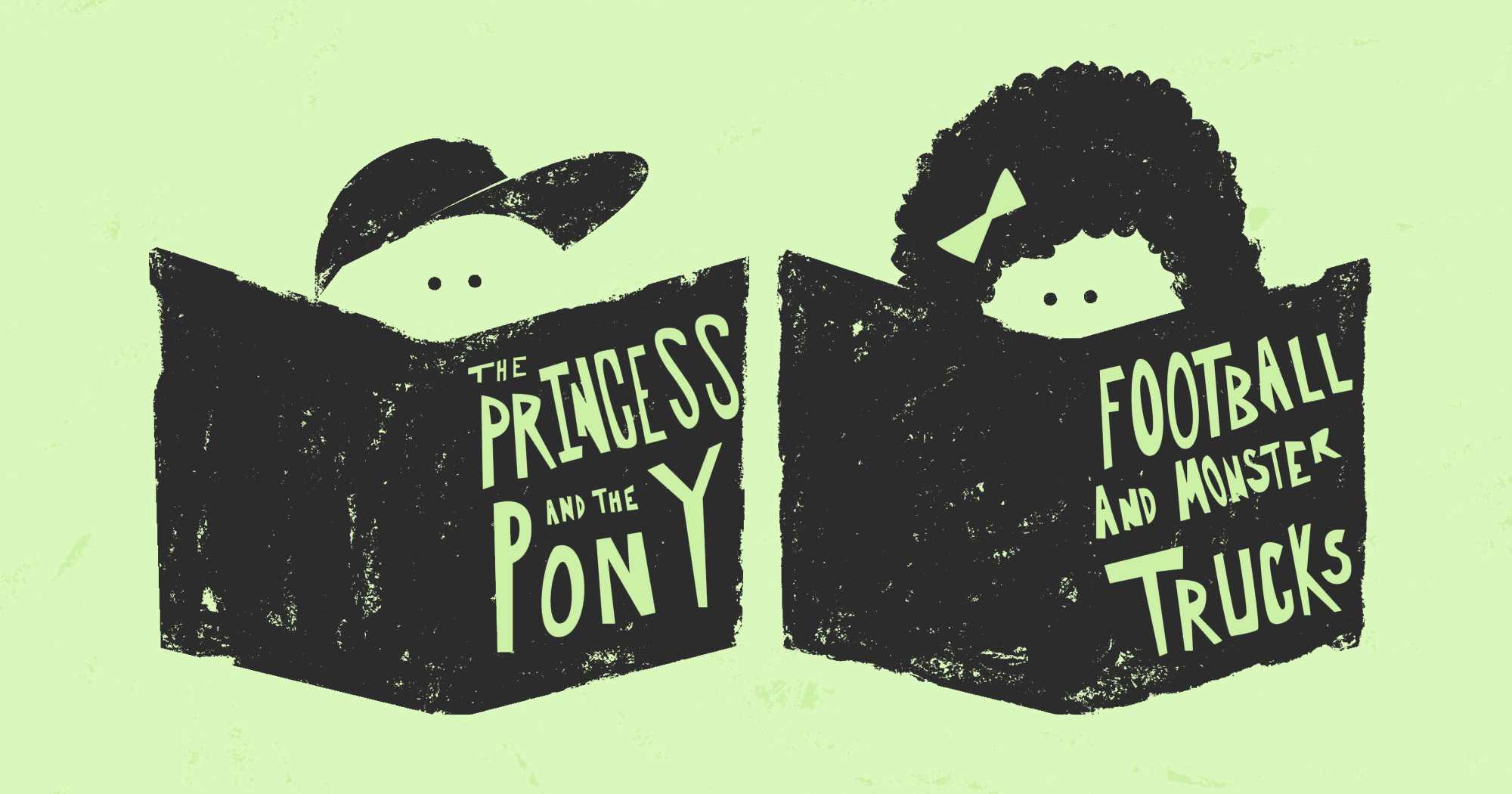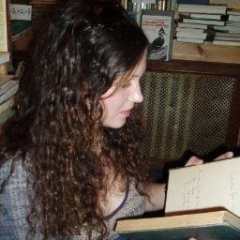There's No Such Thing as a Girl Book

I attended a great panel at a local library conference once about persuading children to read. Or at least it began as a great panel: reminding its librarian audience of the value of voracious reading, of the ways in which gobbling down pages helps readers to become more thoughtful and empathetic human beings.
Librarians are always eager to effect the transformation of a sulky nonreader into someone who comes in weekly for a new title. You work to draw reluctant readers in by appealing to their interests—by connecting them to the adventure stories, or animal stories, or family stories, that speak to their already rooted fascinations.
The speaker lost me, though, when she presented her list of recommended titles—“helpfully” divided into a column for girls and a column for boys.
That, folks, is not how you cultivate empathy; that is how you generate needless insecurities around reading.
A book about a high schooler grappling with the aftermath of a date rape went in the girl’s column; mysteries were the exclusive domain of the boys. One by one, titles were filed by gender, only to leave problematic questions in their wake: should young men not read about what rape culture costs their classmates? Should young women not be encouraged to be adventuresome, inquisitive, and brave? The delineations themselves robbed the list of what is perhaps reading’s greatest gift: its refusal to adhere to limits; its ability to respond to any what if? with a world, or worlds, of possibilities.
Books are inroads into ways of life not our own; they are answers to questions that we sometimes didn’t know to ask. They teach us what it means to worship differently, to be born with different sets of challenges, to consider about the long-term consequences of our choices, to think both globally and locally, and to imagine creative solutions to looming problems. What about any of that is gendered?
I slash-and-burn suggestions like “chick lit” or “great for men” in reviews that I edit; there are, in my opinion, no such limited titles. There are books on subjects that we’re taught are girly, and books on subjects that we’re taught are burly, sure; but neither of those perceptions, which are inherently restrictive, should be allowed to infect our reading lives.
We can all learn from the heartfelt and introspective fiction that is often filed as “women’s,” just as we can all derive pleasure from escaping into genres, from romance to thrillers, commonly thought to belong to one or the other sex. If a book is handed to me, and that book speaks to me in some way, then it is my kind of reading, irrespective of its perceived propriety for my gender.
This is a fight I will fight often, on behalf of readers everywhere who were ever told that any book was not meant “for” them. A young reader loses out if they feel forced to reject a title based on the perceived gender of its lead; a boy can, or should be taught to, relate as easily to Hermione Granger and Ramona as they can to Greg Heffley or Harry Potter. A young girl should feel as free to imagine herself in Frodo’s shoes as she is comfortable putting herself in the place of Buffy.
Reading is, after all, an extension of the project of being human, and empathy is a critical tool there. We fail ourselves when we refuse to take interest in perspectives that don’t mimic our own—when we think that other ways of being have nothing to say to us, nothing to teach us. Any library, stuffed with covers that range from floral to metallic, is in its entirety for all of us—there to respond to our curiosities as they arise, or to teach us something new when we aren’t sure what we’re looking for.
Books—all of them—are for everyone.

Michelle Anne Schingler is the managing editor at Foreword Reviews. You can follow her on Twitter @mschingler or e-mail her at mschingler@forewordreviews.com.
Michelle Anne Schingler
